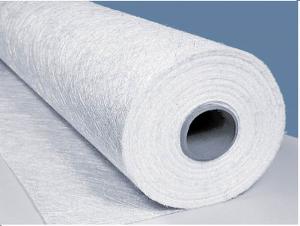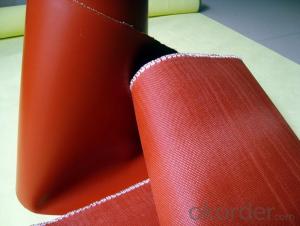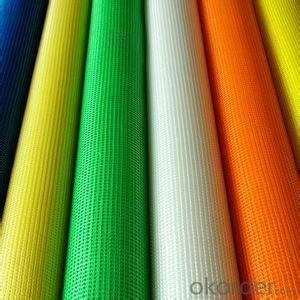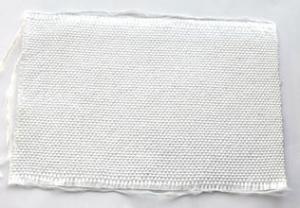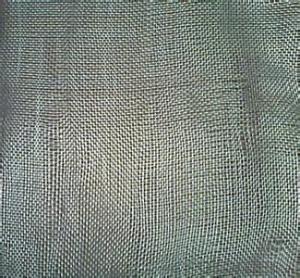Fiberglass Fabrics High Silica Fiber Cloth Silica 2024
- Loading Port:
- China Main Port
- Payment Terms:
- TT OR LC
- Min Order Qty:
- -
- Supply Capability:
- -
OKorder Service Pledge
OKorder Financial Service
You Might Also Like
Quick Details
| Place of Origin: | Brand Name: | Model Number: | |||
| Application: | Weight: | Surface Treatment: | |||
| Width: | Weave Type: | Yarn Type: | |||
| Alkali Content: | Standing Temperature: | Colour: | |||
| Sio2 content: | continuous temperatures: |
Packaging & Delivery
| Packaging Detail: | Carton |
| Delivery Detail: | 10-15days |
Specifications
High silica fiber cloth is a kind of high temperature resistance, inorganic fiber.
High silica fiber Cloth is a special fiberglass fabric which contains more than 96% silicon dioxide.
Excellent heat resistance, it can withstand continuous temperatures of 900 degrees celsius for long periods of time, and instantaneous temperatures of up to 1400 degrees celsius. Ideal material for missile and rocket manufacture in the aerospace industry where high-temperature burning occurs. Other products include yarn and filtration mesh pieces which are treated with a high-temperature heat resistance coating.
High silica fiberglass fabric is ideal for heat preservation material, fire fighting equipment like fire curtains and fireproof garments. Very good in dust collection and filtration equipment where special material is needed to withstand high temperature gas, and in filtering high-temperature liquid metal.
- Q: Can fiberglass fabric be used for insulation in pharmaceutical facilities?
- Yes, fiberglass fabric can be used for insulation in pharmaceutical facilities. It is a commonly used material due to its excellent thermal insulation properties, fire resistance, and ability to withstand high temperatures. Additionally, it is lightweight, durable, and cost-effective, making it suitable for various applications in pharmaceutical facilities.
- Q: Can fiberglass fabric be used for making conveyor belts?
- Yes, fiberglass fabric can be used for making conveyor belts. It is a durable and lightweight material that offers high tensile strength and excellent resistance to abrasion and chemicals, making it suitable for conveyor belt applications in various industries.
- Q: How is fiberglass fabric stored and transported?
- To ensure the protection and preservation of fiberglass fabric, it is customary to store and transport it in a specific manner. The fabric should be kept in a dry and temperature-controlled setting to prevent moisture absorption and the growth of mold. It is common practice to store the fabric rolls vertically on pallets or racks to avoid unnecessary pressure that could cause deformation or damage. Regarding transportation, fiberglass fabric is typically shipped in rolls. These rolls are often wrapped in protective plastic or placed in bags to shield them from dust, dirt, and potential water damage during transit. Additionally, they may be placed in sturdy cardboard boxes or on pallets to provide extra support and prevent any shifting or movement during transportation. It is crucial to handle the fabric rolls with care during transit to prevent tears or damage. This involves securely fastening the rolls in the transportation vehicle using straps or other securing mechanisms to prevent movement and potential harm. In summary, proper storage and transportation of fiberglass fabric involve maintaining an appropriate environment and taking precautions to safeguard the fabric from external elements and physical stress. By adhering to these guidelines, the integrity and quality of the fiberglass fabric can be preserved, ensuring it reaches its destination in optimal condition.
- Q: Is fiberglass fabric resistant to mold or mildew growth?
- Fiberglass fabric is indeed resistant to the growth of mold or mildew. Its non-porous nature makes it unsuitable for mold or mildew to thrive. Furthermore, a protective coating is often applied to fiberglass fabric to enhance its resistance to these undesirable organisms. As a result, fiberglass fabric is widely favored in applications that require moisture resistance, such as boat covers, outdoor furniture, and shower curtains. Nevertheless, it is crucial to note that even though the fabric itself repels mold and mildew, other factors like moisture levels and proper maintenance can still contribute to their growth on the fabric's surface.
- Q: Where can fiberglass fabric be purchased?
- There are numerous options for purchasing fiberglass fabric. Specialized stores catering to construction and crafting needs are a common source for finding it. These stores boast an extensive inventory of fiberglass products, encompassing various fabrics in different sizes and types. Moreover, fiberglass material-specific online retailers and websites serve as fantastic alternatives for acquiring and procuring fiberglass fabric. These platforms provide customers with a greater variety and competitive pricing, enabling them to compare and select the most suitable option. Factors to be taken into account while deciding upon the source to purchase fiberglass fabric include quality, price, and shipping alternatives.
- Q: What is the lifespan of fiberglass fabric?
- The lifespan of fiberglass fabric can vary depending on factors such as its quality, usage, and maintenance. However, on average, fiberglass fabric can last anywhere from 10 to 30 years with proper care and handling.
- Q: What fiber fabric can be replaced by fiberglass instead of itchy?
- According to the quality of high, alkali cloth the most, medium alkali cloth slightly better, no alkali cloth best, no alkali cloth in use does not itch hand.
- Q: What are the cracks between the brick wall and the beam column, the cracks between the planks and the cracks in the plasterboard?
- Cracks in masonry and beams and columns can be nailed at the junction of steel mesh or glass fiber cloth, and then plastering;
- Q: What are the different laminating options available for fiberglass fabric?
- Depending on the desired application and performance requirements, there are various laminating options available for fiberglass fabric. One option commonly used is epoxy resin, which provides a strong and durable bond due to its excellent adhesion to fiberglass fabric. It also offers resistance to water, chemicals, and UV radiation, making it suitable for applications like boat building, surfboards, and aerospace components. Another alternative is polyester resin, which is less expensive than epoxy resin but still creates a strong bond with fiberglass fabric. It is commonly employed in applications requiring high strength and impact resistance, such as automotive parts and industrial equipment. Vinyl ester resin is another choice for laminating fiberglass fabric. It strikes a balance between the cost-effectiveness of polyester resin and the performance of epoxy resin. It is particularly known for its superior resistance to chemicals, making it suitable for applications in corrosive environments like chemical storage tanks and pipes. Furthermore, some manufacturers offer pre-preg laminating options for fiberglass fabric. Pre-preg refers to fabric that is already impregnated with resin, allowing for easier and more controlled lamination. This type of lamination is commonly utilized in the aerospace industry, where precise and consistent lamination is crucial. To summarize, the laminating options available for fiberglass fabric include epoxy resin, polyester resin, vinyl ester resin, and pre-preg laminates. The choice of laminating material depends on factors such as the desired application, performance requirements, and cost considerations.
- Q: Is fiberglass fabric suitable for use in food packaging?
- No, fiberglass fabric is not suitable for use in food packaging.
Send your message to us
Fiberglass Fabrics High Silica Fiber Cloth Silica 2024
- Loading Port:
- China Main Port
- Payment Terms:
- TT OR LC
- Min Order Qty:
- -
- Supply Capability:
- -
OKorder Service Pledge
OKorder Financial Service
Similar products
Hot products
Hot Searches
Related keywords









